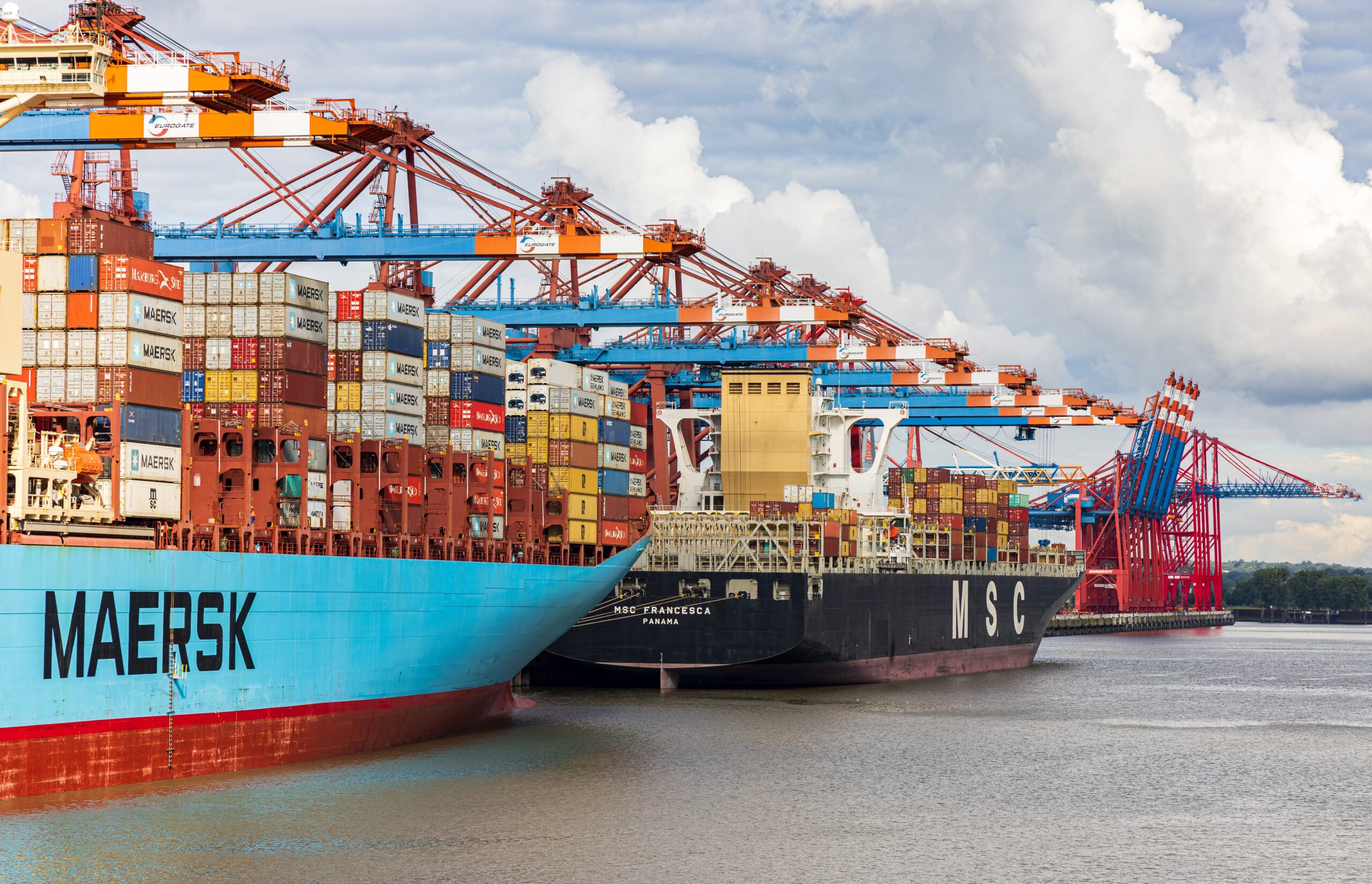Zencargo Market Update: 22nd May
May 22, 2023
Scroll to find out more
May 22, 2023
Scroll to find out more

For this week’s focus section we are putting the US under the microscope and looking at recent developments in rates, port conditions and economic outlook.
What else to begin with but rates. On both the Transatlantic and Transpacific tradelanes, we have seen rates fall in recent weeks. Weaker demand for goods from Europe, alternate sourcing options and new capacity have all contributed to this decline.
Weak demand has also been reflected in the container import volumes to the US, falling for two consecutive months, with the Loadstar reporting a 21% year-on-year decline for April.
Another key metric to look at is the ratio of volumes per booking which is currently at 1.7 TEU per booking, its lowest level since 2019. This gives an indication of where the US market sits in the current destocking cycle with an average ratio above 2 TEU per booking, which is a “signal for a new replenishment cycle for U.S. importers”.
Taking a more holistic view of demand, the University of Michigan released survey data showing that consumer sentiment had fallen by more than 9% “amid renewed concerns about the trajectory of the economy”.
There are many questions to be answered in the current market such as what inventory management strategies can be employed to combat cash flow issues? Or how should I approach rates to ensure I can lock in a competitive cost of goods sold but also secure a reliable service level?
These are questions we are seeking to answer at our upcoming virtual summit for supply chain leaders, Navigate! You can register for free here.
Ocean
Air
Central China to USA and Europe
North China to USA and Europe
South China to USA and Europe
Ocean
Ocean
Ocean
Road/Rail
European Bank Holidays
We anticipate a shortage of availability and the occurrence of delays around the bank holiday periods. Plan ahead and allow extra time for your products to be delivered.
May 24 – Bulgaria
May 27 – Sweden*
May 28 – Denmark, Estonia, Finland, Germany*, Netherlands, Poland, Slovenia, Sweden
May 29 – Austria, Belgium, Denmark, France, Germany, Hungary, Luxembourg, Netherlands
May 30 – Croatia, Spain*
May 31 – Spain*
June 1 – Romania
June 2 – Italy, Romania*
June 4 – Greece, Lithuania, Romania
June 5 – Cyprus, Denmark*, Greece, Ireland (Eire), Romania
June 6 – Sweden
June 7 – Malta
June 8 – Austria, Croatia, Germany*, Poland, Portugal, Spain*
June 9 – Spain*
June 10 – Portugal
June 13 – Portugal*, Spain*
June 22 – Croatia
June 23 – Estonia, Finland*, Latvia, Luxembourg, Sweden*
June 24 – Estonia, Finland*, Latvia, Luxembourg, Spain*, Sweden*
June 25 – Slovenia
June 29 – Italy*, Malta, Spain*
July 5 – Czech Republic, Slovakia
July 6 – Czech Republic, Lithuania
July 11 – Belgium*
July 14 – France
July 21 – Belgium
July 25 – Spain*
July 28 – Spain*
*Not in all regions
The information that is available in the Weekly Market Update comes from a variety of online sources, partners and our own teams. Click below to learn more about how Zencargo can help make your supply chain your competitive advantage.

In Focus: Carrier alliance reshuffling in 2025 The upcoming reshuffling of alli...

In Focus: ILA strikes suspended as contract extends until January The averted...

In Focus: What’s the latest on the potential ILA strike? With the possibility o...